12 Different Types of Camera Lenses & Its Use
The one main advantage of an interchangeable lens camera is its ability to switch lenses. There are different types of camera lenses out there. So, how do you choose one? It can be a little confusing. Also, different lenses are targeted towards certain types of photography. In this article, I will explain each type of camera lens in detail. You can use this article as your camera lens guide.
👉🏼 📖READ: Different Types of Cameras
Different Types of Camera Lenses
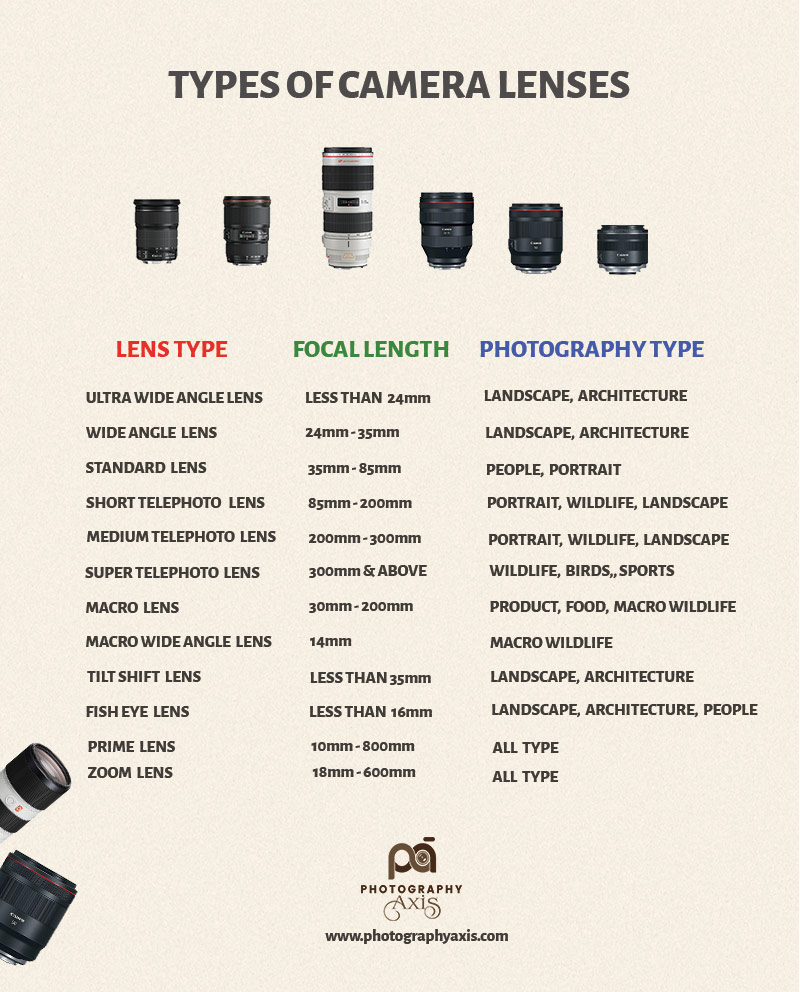
Types of Camera Lenses Infographic
Let us have a look at the different types of lens options for a photographer and their uses.
1. Ultra-Wide Angle Lens
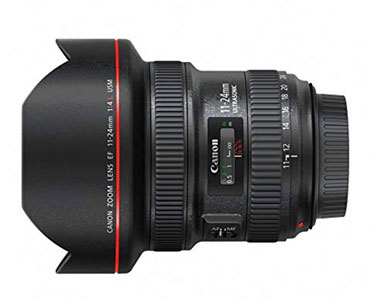
Ultra wide angle lens- Canon 11-24mm
Super-wide angle lens or an Ultra-wide angle lens will have less than 24mm focal length.
Landscape and Architecture photographers use this type of camera lenses.
The main advantage of an ultra-wide-angle lens is that it allows you to get closer to the subject and capture the subject along with the background.
This lens helps you get a larger depth of field. Thus, more area will be in focus.
👉🏻 Canon EF-S 10-18mm f/4.5-5.6 IS STM lens, Tokina 11-16mm f/2.8 AT-X116 Pro DX II lens, and Sony 10-18mm F4 OSS lens are few examples for Ultra wide angle lenses.
2. Wide Angle Lens
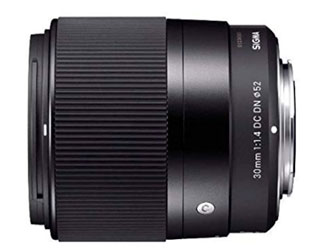
Wide Angle Lens-Sony 30mm F1.4
A wide-angle lens, as the name suggests, has a wide-angle of view.
Any lens with a focal length range of 24mm to 35mm can be considered as a wide-angle lens. The angle of view for a wide-angle lens will be 55 degrees or more.
Landscape and Architecture photographers use wide-angle lenses. You can get wider Depth of field and hence more area in focus with this type of lens.
👉🏻 Some Examples of Wide-angle Lenses are Canon EF-S 24mm f/2.8 STM lens, Nikkor AF-S DX 35mm f/1.8G lens, and Sony FE 24mm 1.4 GM lens.
3. Standard Lens
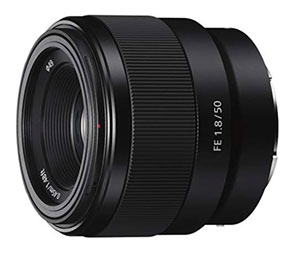
They are often referred to as portrait lenses. They are lenses which have a focal length range of 35mm to 85mm. It is the best focal range to photograph people.
If you are looking to capture family portraits or vacation images, try to get this focal length range lens in your camera kit.
👉🏻 Sony FE 85mm F1.4 GM lens, Canon RF 85mm F1.2 lens, and Nikkor 85mm F/1.8G lens are examples of standard lenses.
4. Short Telephoto Lens
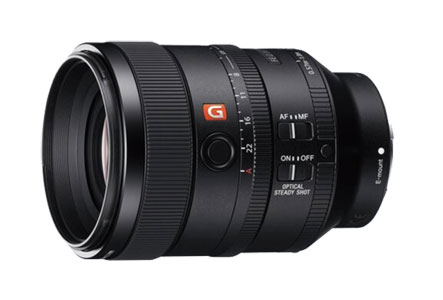
Short Telephoto lenses are the starting range of telephoto focal length. Here, the focal range is from 85mm to 200mm.
Portrait, Wildlife, and Landscape photographers use these lenses.
👉🏻 Canon EF 200mm F/2.8L IS II USM lens, Sony FE 135mm F1.8 GM lens, and Sony FE 100mm F2.8 STF GM OSS lens are few examples.
5. Medium Telephoto lens
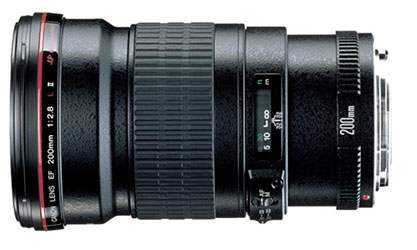
The Medium telephoto lenses cover the next telephoto range, which is from 200mm to 300mm. This range helps to get a nice blurred background.
Wildlife photographers use medium telephoto lenses. Portrait and Landscape photographers also use it as their second lens.
👉🏻 Some examples for telephoto lens include Canon 70-200mm f/4.0 L IS USM lens, Sony FE 70-300mm f4.5-5.6 G OSS, and Sony FE 70-200mm F2.8 GM OSS lens.
6. Super Telephoto lens
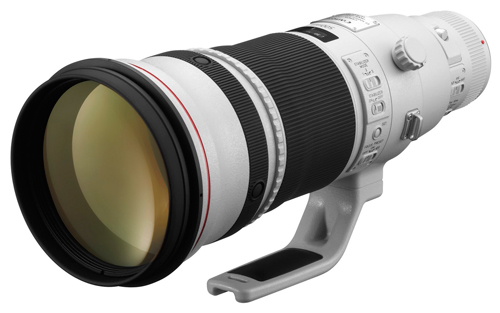
Super Telephoto Lens: Canon EF 500mm F4.0 L IS USM Lens
Super-telephoto lenses have a very narrow-angle of view of 8 degrees or less. The narrow-angle of view helps to get a nicely blurred background. It will get you maximum reach. The focal length starts from 300mm.
Wildlife photographers, Bird photographers, and Sports photographers use Super Telephoto lenses.
Both prime and zoom lenses are available in this category. Prime lenses will be very costly and heavier when compared to other lenses.
👉🏻 Some examples for Super-Telephoto lenses are Canon 400mm f/2.8 IS III USM lens, Sony FE 600mm F4 GM OSS lens, and Sony FE 400mm F2.8 GM OSS lens.
7. Macro Lens
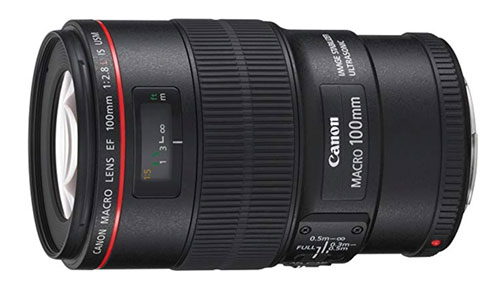
Macro Lens-Canon 100mm
If you want to capture every minute details of a flower or insect, you will have to use a macro lens. It is for close up photography.
Macro photographers who photograph insects, frogs, snakes, and product and food photographers use macro lenses.
The minimum focusing distance for a macro lens will be small when compared to other lenses. Thus, you can get closer to the subject. The image reproduction ratios for a macro lens will be 1:1 or higher.
Some regular lenses are also support macro modes. But, you will not get the quality of a dedicated macro lens.
👉🏻 Canon EF 100mm F2.8 L IS USM Macro lens, Sony E 30mm f/3.5 Macro lens, and Canon RF 35mm f1.8 Macro IS STM are examples for these types of camera lenses.
8. Wide Angle Macro Lens
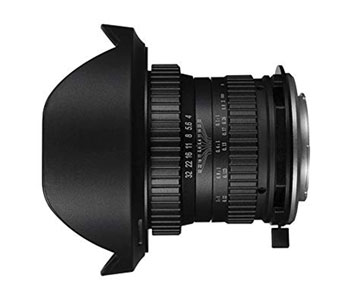
Wide angle Macro lens-Laowa 15mm f4 lens
Wide-angle macro lenses are the trending camera lenses for macro photographers in 2024. It allows you to capture some unusual macro frames.
As the name suggests, it is a combination of macro and a wide-angle lens. Thus, it opens a new door to wide-angle macro photography. This lens will have a lower focal length with a 1:1 or higher magnification ratio.
Thus, it allows you to capture the fine details of macro subjects by getting close. The small focal length will enable you to bring the background or habitat into the frame, which makes the image more interesting.
Earlier, macro photographers use extension tubes in between the camera body and the macro lens to capture such pictures.
Currently, Laowa is the only manufacturer producing this lens. They make it for Sony, Canon, and Nikon mounts.
👉🏻 LAOWA 15mm f/4 1:1 Macro lens is an example of this type of camera lens.
9. Tilt-Shift Lens
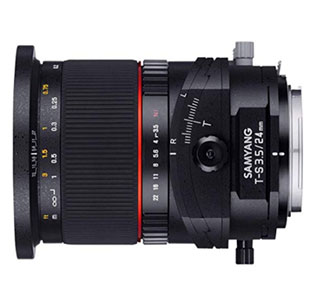
Tilt Shift Lens
Tilt-shift lens is a specialist lens. It allows you to change the orientation of the glass, w.r.t the image sensor. There are two types of movements here: “Tilt and Shift”.
The Tilt feature allows you to make a particular part of the picture sharp by changing the focus plane orientation.
The Shift helps to adjust the subject in the frame without you moving back. This feature is useful to avoid the distortion in buildings and structure, which generally happens with a wide-angle lens.
Architecture photographers use Tilt-shift lens. So, you will only get wide-angle focal lengths in this type of lenses.
👉🏻 Few examples are Samyang 24mm F3.5, Canon TS-E 24mm f/3.5L II, and Canon TS-E 17mm f/4L. Tilt-shift lenses are fixed focal length lenses.
10. Fisheye Lens
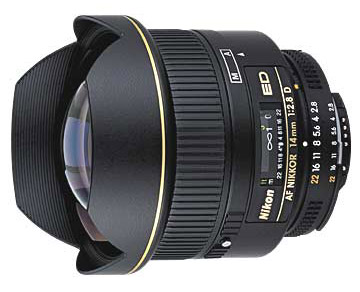
Super wide Angle/ Fisheye lens: Nikkor 14mm f2.8D Lens
Fisheye lenses produce rectilinear wide-angle images. It is called so because it is similar to how the fish sees the image above through the water.
Due to this fish eye effect, you need to have excellent skills to produce beautiful images using this lens.
Landscape, Architecture and People photographers use Fish-eye lenses.
👉🏻 Canon EF 15mm F/2.8 Fisheye lens, Rokinon 8mm F/3.5 Fisheye lens, and Nikon AF-S 8-15mm F/3.5-4.5 E ED Fisheye lens are some examples of these types of camera lens.
11. Prime Lens
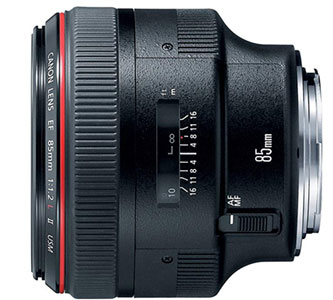
Prime Lens- Canon 85mm F1.2
The lens with a fixed focal length is a prime lens.
You will not get the zoom-in and zoom-out feature in this lens. Primes are well known for their capability to produce high-quality images and ability to capture good pictures in low lighting conditions.
Most prime lenses are costly and bulky. It is due to the larger aperture supported by these lenses. The Nifty fifty lens being an exception. It is the cheapest prime lens which you can buy.
Since it is a fixed focal length one, you will have to adjust the distance between yourself and the subject to get the desired image composition.
👉🏻 Canon EF 50mm F/1.8 is an example for a prime lens (Nifty fifty from Canon). It has got a fixed focal length of 50mm. Other examples include Sony E 50mm f 1.8 OSS, and Sony FE 85mm F1.4 Gm lens.
👉🏼 📖READ: Different Types of Light Modifiers
12. Zoom Lens
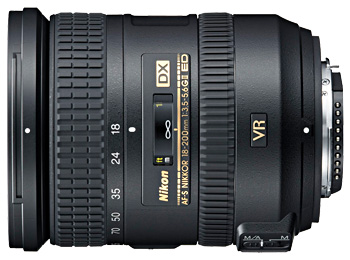
Zoom Lens: Nikkor 18-200mm Lens
A zoom lens is a variable focal length lens. You can change the lens focal length by rotating the zoom ring.
When you buy most of the entry-level DSLR/Mirrorless camera with the kit lens option, you will get a zoom lens as the kit lens. This kit lens will cover the wide-angle and portrait focal lengths. If you are a hobby photographer or using a camera to take your vacation photos, then this lens is good enough to do the job.
You will also get lenses with higher focal range. Hence, more zoom. But, this comes at the cost of a reduction in image quality and aperture.
Now, the question that comes to your mind is, how is the zoom calculated? It is better to explain it with an example.
Consider the case of Nikkor 200-500mm f/5.6 E ED VR lens. Here the lowest focal length is 200mm and 500mm is the highest focal length. So, the zoom is 500/200, which is 2.5x.
👉🏻 Few examples of Zoom lenses are Sony FE 200-600mm F5,6-6.3 G OSS lens, Sony E 18-135mm F3.5-5.6 OSS, and Canon RF 24-240mm F4-6.3 IS USM lens.
👉🏼 📖READ: Prime Vs Zoom Lens
Conclusion
Now you know the different types of camera lenses for a mirrorless and DSLR camera. You can choose any based on your kind of photography.
If you are looking to buy a used camera lens, then read Used Camera lens buying checklist before making the purchase. It will help you to inspect the lens properly to make a good purchase.

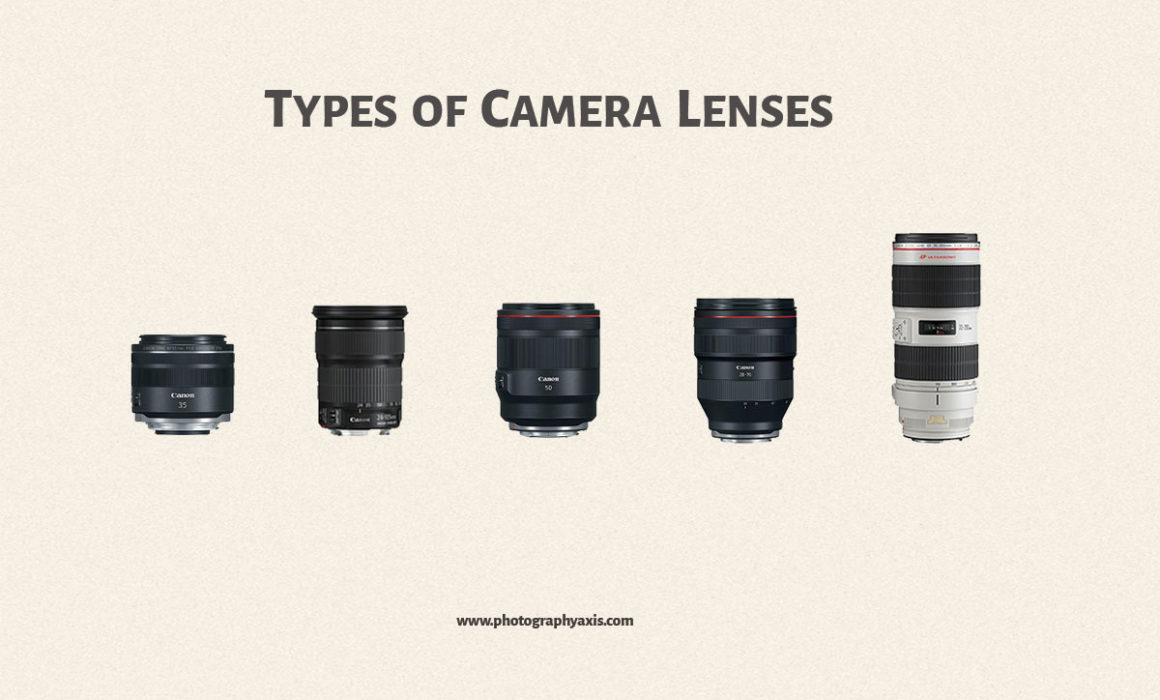
I see something genuinely interesting about your weblog so I bookmarked .